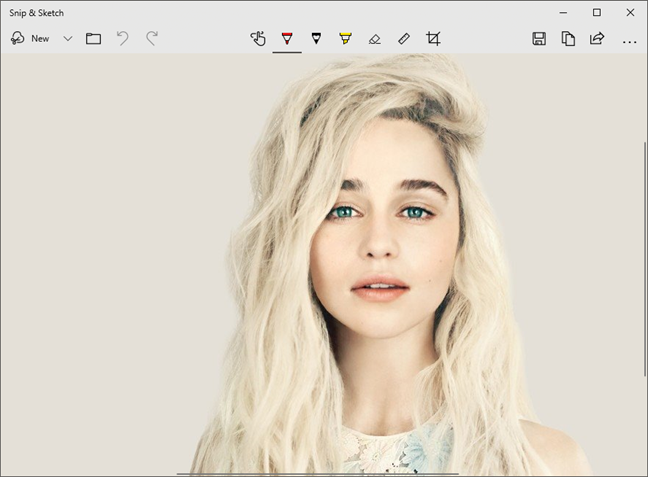

Notification Center & Quick Settings: The Action Center from Windows 10 has been replaced by a Notification Center and a Quick Settings menu, both accessible from the lower-right corner of the Taskbar.


The buttons can still be moved to the left-hand corner as in Windows 10. Taskbar: The Taskbar has also been center-aligned, and now includes new animations for pinning, rearranging, minimizing, and switching apps on the Taskbar.The new Start menu also includes a search box. The menu has now been moved to the center (but can be moved back to the left-hand corner), with the Live Tiles feature from Windows 8 being replaced by a set of pinned apps and a new cloud-powered "Recommended" section that shows recently opened files and documents from any location, including a PC, a smartphone, and OneDrive. The Start menu: The Start menu has been significantly redesigned in Windows 11, adhering to the principles of the updated Fluent Design System.Windows 11 also introduces "Mica", a new opaque Material that is tinted with the color of the desktop wallpaper. In addition, translucency and shadows are made more prevalent throughout the system. Most interfaces in Windows 11 are streamlined and feature rounded geometry, refreshed iconography, new typography, and a refreshed color palette. According to Microsoft, the design of Windows 11 is "effortless, calm, personal, familiar, complete, and coherent." The redesign focuses on simplicity, ease of use, and flexibility, addressing some of the deficiencies of Windows 10. Fluent Design System: Updates to the Fluent Design System, a design language introduced by Microsoft in 2017, are featured in Windows 11.


 0 kommentar(er)
0 kommentar(er)
